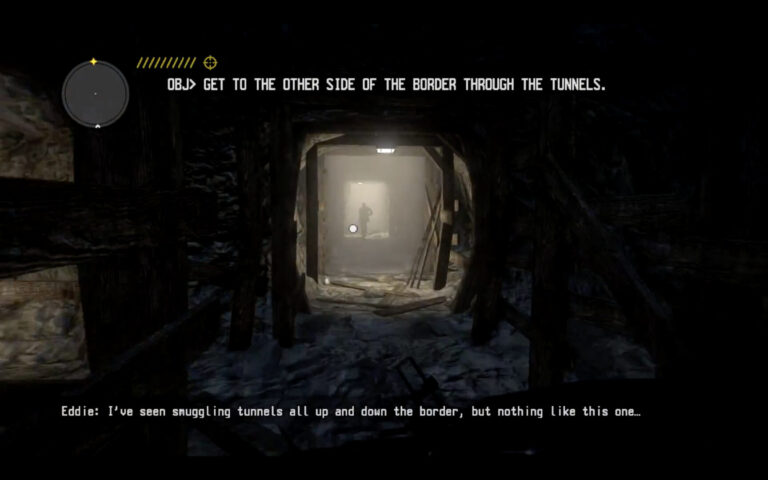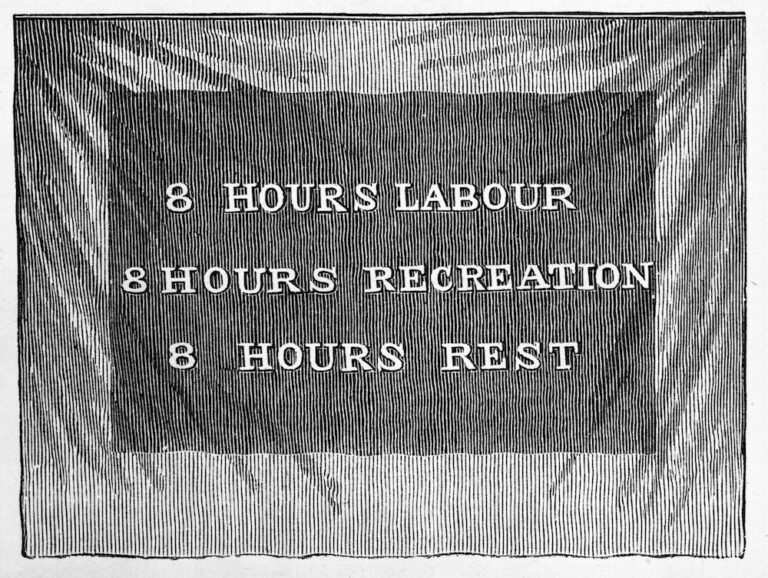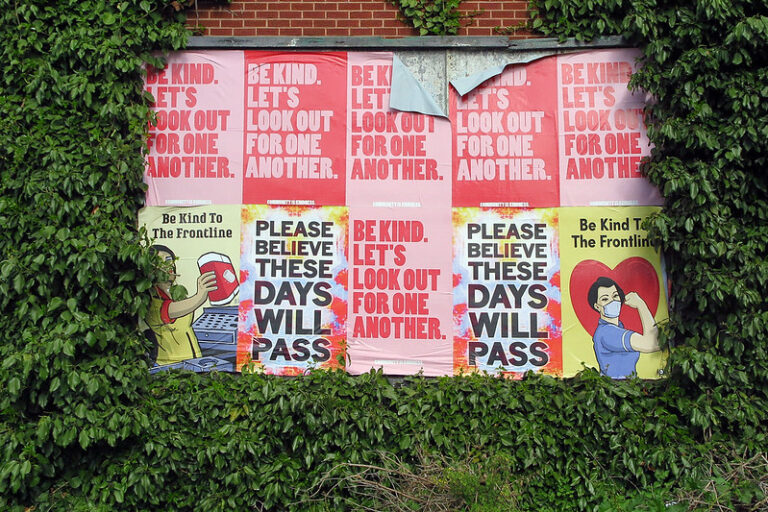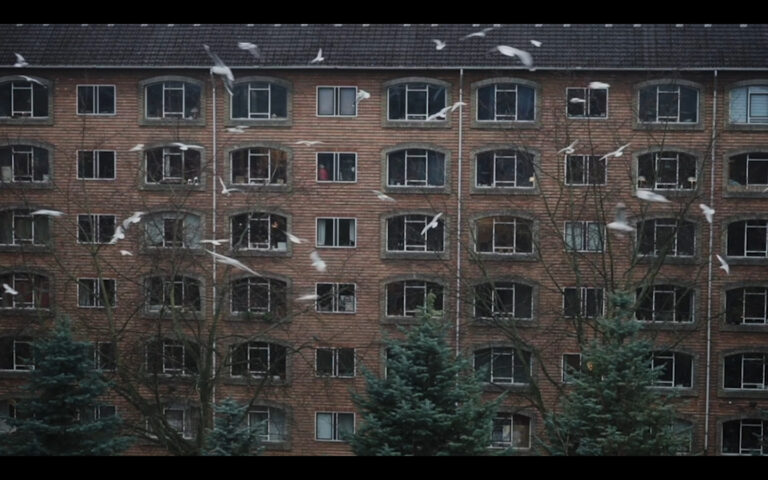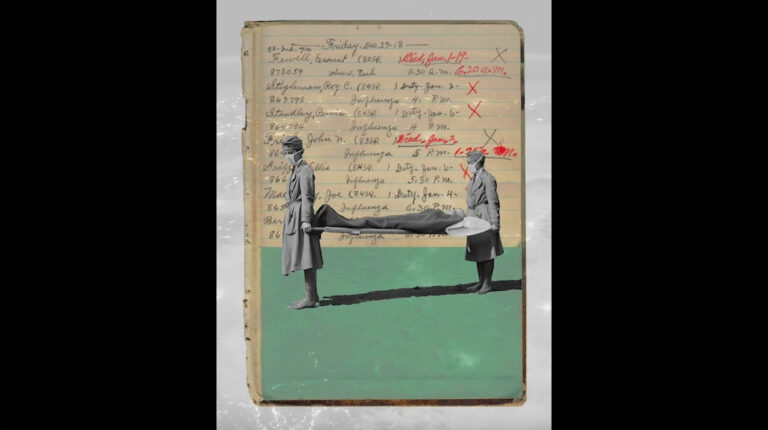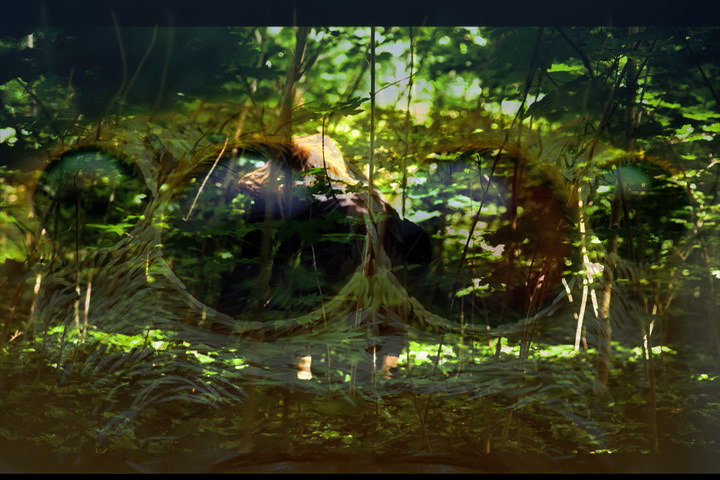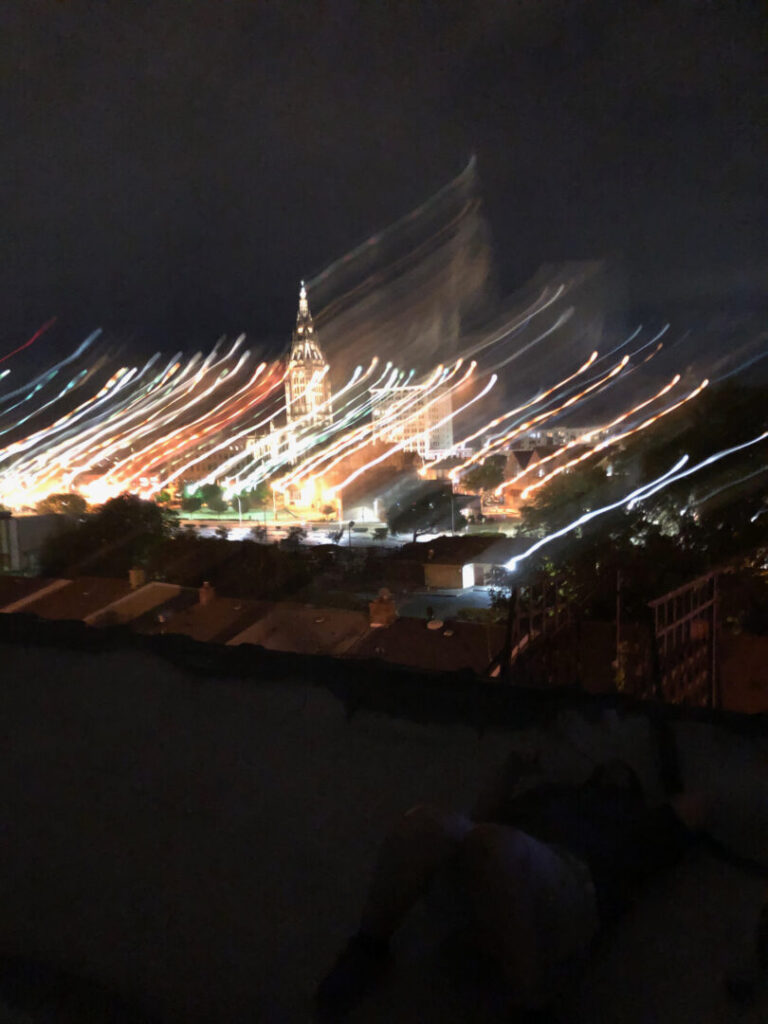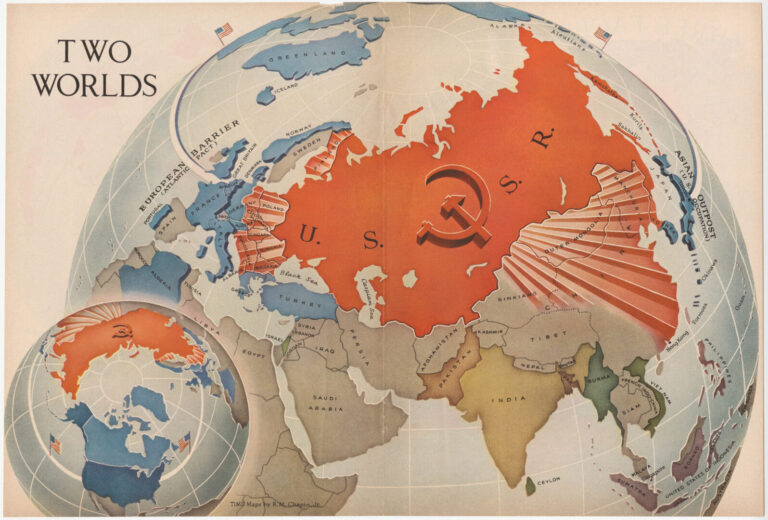This introduction frames the six original articles in this issue and the forum on “Corona A(e)ffects: Radical Affectivities of Dissent and Hope” around the concept of immaterial labor. Two full years into a pandemic that has uprooted place-based work for many, and forced even more indoors, away from public spaces, and onto screens, we reflect on the very material effects of present-day immaterial and emotional labor.
Issue 10.2 (Fall 2021)
First-Person Shooters, Tunnel Warfare, and the Racial Infrastructures of the US–Mexico Border
Digital networked media actively participate in the nation-state’s and tech entrepreneurs’ efforts to imagine and manage the borderlands. These media facilitate virtual forms of thinking about the border both by offering popular reference points for the new technology being developed (e.g. Google Maps, Pokémon Go, Call of Duty) and by providing the actual tools through which these ideas can become actionable. This article analyzes one such reference point within the first-person shooter (FPS) console game Call of Juarez: The Cartel (Ubisoft, 2011). Like other border-themed video games, The Cartel borrows on colonial tropes and ideologies by creating playable narratives that invoke the untamable frontier and position racialized subjects as Other. Through its virtual modes of representation and interaction, the game encodes the racialization processes that continue to shape popular imaginings of the border. While its digital aesthetics animate a dynamic space of possibility, the logic of the first-person shooter reins in the expansiveness of animated space by restricting it to an interactive experience of tunnel warfare, an ideological orientation to the border underground that channels the players’ purposive motion into a space of direct confrontation and racial violence. Analyzing the narrative and procedural work of this ostensibly reactionary video game demonstrates how border infrastructures structure and shape specific forms of racial and colonial violence.
Back to Basics with Labor-Power: The Problem of Culture and Social Reproduction Theory
Ted Striphas recently called for a return to the “problem of culture” within cultural studies. This is a political as much as a methodological provocation: “culture” became an object of analysis among mid-twentieth century scholars in dialogue with Marxist accounts of ongoing political crises. Taking a cue from this past, this essay rethinks culture in relation to the ongoing crisis in social reproduction via Social Reproduction Theory (SRT). Within some Marxist feminist currents, “social reproduction” refers to the reproduction of labor-power, Marx’s term for the capacity to work sold on the market in exchange for wages. Marxist feminists have theorized such matters at length via their analyses of the practices undergirding the reproduction of labor-power. SRT is not unfamiliar to cultural studies scholars, but those engaged with it tend to explore the representation of socially reproductive practices within culture rather than the ways culture itself contributes to labor-power’s reproduction. This is unsurprising. Historically, the field has discussed labor-power in terms of its circulation rather than its reproduction, detailing culture’s role in reproducing social systems. Drawing upon Michael Denning’s “labor theory of culture,” recent work in SRT, and Marx, I argue that culture functions in a socially reproductive capacity within the logic of capitalism. In doing so, it casts cultural struggle as a form of social reproduction struggle at the intersection of labor-power’s reproduction and that of the society that requires it. This essay constructs a systematic account of culture’s socially reproductive function before using it to consider its historical expression in the current moment.
Arctic Pedagogy: Indigenous People and the MACOS Culture War
This paper is about the place of Indigenous people in an early instance of a culture war in the United States: the conflict in the 1970s over an innovative middle-grades social studies curriculum called “Man: A Course of Study” (MACOS). Funded by the National Science Foundation, MACOS sought to revamp social studies education by addressing big questions about humans as a species and as social animals. It quickly came under fire from conservatives and helped to solidify the concept of “secular humanism” as a social threat. A broad conservative organizing effort, whose effects can still be felt today, eventually ended not only MACOS, but the very viability of school curriculum reform projects on the national level. Though this story is familiar to historians of American education, this paper argues for its centrality to the development of contemporary conservative politics and the early history of the culture wars. It also takes up the largely unaddressed issue of how Indigenous people figured in the MACOS curriculum and in the ensuing controversy. Focusing on the ethnographic film series featuring Netsilik Inuit that was at the heart of the MACOS curriculum, this paper addresses the largely unacknowledged legacy of Indigenous pedagogy, to argue that the culture war that led to the demise of the MACOS project also represented a lost opportunity for Indigenous knowledge and teaching to be incorporated into the formal schooling of American children.
Commodifying Tragedy: Representing Violence against Native American Women in The Cold Dish and Longmire
By focusing on the representation of violence against Native American women in Craig Johnson’s The Cold Dish and the television show Longmire, this article demonstrates how these cultural productions perpetuate settler-colonial power relations. Although Longmire is one of the more progressive shows thanks to its development of Native American characters and storylines, the settler-colonial status quo is affirmed in four main ways. Not only do the novel and TV show redeploy the racist stock characters of the Magical Indian and the White Savior, but the TV show especially also reiterates a version of the stereotypical Vanishing American narrative inherited from the Western genre. Furthermore, both cultural productions heavily pathologize the Cheyenne community, depriving them of agency. Finally, the novel and show both transform pain, suffering, and grief into transferable commodities. This allows them to disinvest the pain and tragedy suffered by the Native American characters in order to reinvest this tragic potential in white characters, which serves to reinforce the white characters’ heroism. The commodification of tragic potential and emphasis on its sentimentalization help obscure the settler-colonial origins and systemic perpetuation of violence against Native American women. In sum, this analysis shows that the deeply ingrained and normalized settler-colonial ideology inherent to representational strategies limit the progressive potential of even the most benevolent and well-meaning white cultural productions.
Coronavirus Pedagogy in the Zoomscape: Pinhole Intimacy Culture Meets Conscientization
The COVID-19 pandemic emptied universities, colleges, and schools across the United States in March 2020, forcing instructors into an unavoidable culture in which a networked commercial technology mediated teaching and learning. In the tradition of critical pedagogy, this article argues that students and instructors alike engaged through the artificial lenses and screens of Zoom. The “pinhole intimacy” of the Zoomscape is assessed using conscientization, the concept offered by the Brazilian educator Paulo Freire, to describe most pedagogy as an oppressive apparatus that can be overcome with direct engagement between students and instructors. In such an opticentric context, the Zoomosphere’s intimacy is used to explore how the emancipation proposed by conscientization might be applied to the culture of pedagogy in a college with a diverse student population, including pedagogical interventions to address the challenges associated with teaching Division I athletes. The context of a large communication department at Boston College provides the empirical foundation for the exploration of coronavirus pedagogy.
Forum: Corona A(e)ffects: Radical Affectivities of Dissent and Hope
Edited by Mattia Fumanti & Elena Zambelli
This forum looks at how the current COVID-19 pandemic intersects with other pre-existing and enduring pandemics, such as those produced by racism, capitalism, and speciesism. Contributors offer multimedia reflections on affects triggered or evoked by the current pandemic, such as rage, fear, despair, restraint, care, and hope.Introduction—Corona A(e)ffects: Radical Affectivities of Dissent and Hope
Right from the emergence of the ongoing COVID-19 pandemic, national governments and international institutions have been relentlessly qualifying it as an “unprecedented” event. We have been told that the virus sees no color or class and that equal sacrifices from each one of us are and continue to be necessary to contain its spread. We have been instructed to look at the virus in scientific, neutral terms as if we had equal chances of being affected by it—as if its routes, that is, did not follow the roots of sedimented histories of oppression, exploitation, dispossession, and structural violence. This forum departs from such narratives to look at how the current COVID-19 pandemic intersects with other pre-existing and enduring pandemics, such as those produced by racism, capitalism, and speciesism. In building on the emerging critiques by Indigenous, feminist, Black, and queer academics, movements, and activists, the contributions it hosts offer multimedia reflections on affects triggered or evoked by the current pandemic, such as rage, fear, despair, restraint, care, and hope. Coming from different parts of the globe and disciplinary approaches, authors convey the “Corona(virus) a(e)ffects” in multisensorial ways, combining written essays, poetry, videos, and photographs. By contextualizing the ongoing COVID-19 pandemic within a historical legacy of structural violence within and across species, this forum moves beyond deceitfully single-focus and temporally flat narrations. In so doing, it provides a space for the expression of radical affectivities of dissent and hope that its outburst has arguably made only more visible and pressing.
Public Space as Infrastructure of Care: The Affective Dynamics of Protomagias Square During the Pandemic
Our contribution puts forward an examination of public spaces as infrastructures of care. The eruption of the COVID-19 pandemic, and the “social distancing” measures imposed by several governments around the world, transformed the very use and conceptualization of urban public spaces. In Athens, Greece, public space, which had already been in different ways at the forefront of multifarious crises since 2010, reemerged, once again, as a critical site of sociopolitical antagonism. Public spaces, such as squares, became central places where people could come together to share knowledge and emotions, collectively alleviate anxieties, and thus (re)negotiate their positionality in the city. Such formations and enactments of social connection, affectivity, and antagonism, reflect the entanglement between everyday life and the political, and also draw attention to the association of public space with practices of care for collective well-being during precarious times. During the ever-increasing securitization and policing of urban spaces in Athens, in which everyday life has come to be ever more permeated by precarity and uncertainty, public spaces have been reenacted as safe and more inclusive environments where people can be and act together. Our contribution also employs a video to render more intelligible the affective interconnectedness of sounds, images, bodies, materialities, and practices in public space. By attending to the affective dynamics of a public square in central Athens, we examine the entanglements between the sociopolitical production of public space and forms of care during the COVID-19 pandemic.
On Witnessing a Riot
In the midst of the COVID-19 pandemic, the murder of George Floyd by Minneapolis police has sparked protests and riots around the world. The policing of the pandemic reveals the racial biases inherent to law enforcement and state-led discipline, laying bare ongoing infrastructural inequalities that render racialized subjects more vulnerable to premature death at the hands of police and public health systems alike. With the video embedded in the article, we guide readers through thirty-nine seconds of rioting in Los Angeles on May 31, 2020, shot on a mobile phone and circulated virally on Twitter. The affected body of the witness indexes both the intensity of the event and the embodied experience of the witness, establishing a relation between the two. The experiential aesthetics of the video exceeds the content and this affectivity circulates with its mediation and movement through networked platforms. Such forms of affective witnessing allow for an attunement to political struggle that occurs through what Hortense Spillers would call the analytic of the flesh. Thinking at the intersection of Black studies, affect theory, and media studies, we argue that the flesh is an affective register crucial to the building of global anti-racist solidarities towards abolition.
Feelings, Fascism, and Futures
The COVID-19 pandemic has exposed some of the most glaring inequalities within nations and across the globe. While the disruption caused by the pandemic has given rise to hopes for a cultural reset to address these structures of inequality—captured compellingly by Arundhati Roy in her vision of the pandemic as a portal—the sediments of inequality have proven hard to erode. In this contribution, I explore this regressive impulse by honing in on the affect of restraint. While restraint is not ordinarily characterized as such, in the pandemic it has been a defining feature of our lives. However, it was not afforded equally. I begin by showing how restraint has become racialized, serving as a political tool to suppress protests, notably Black Lives Matter. I then move to show how globally, too, there has been an imbalance in who is—and what countries are—expected to practice nonintervention, linking both domestic and international uses of restraint to these preexisting structures of inequality. I end by proffering a vision for how, despite all these obstacles, the pandemic has also offered ways to bypass the state and form new social formations.
Within and Against Racial Segregation: Notes from Italy’s Encampment Archipelago
The pandemic brought migrant farm workers into the limelight once again, as has happened repeatedly in the last three decades, in Italy as in many other parts of the world. Here I examine how intersecting and sometimes conflicting discourses and interventions, that have this biopolitically conceived population as their object, decide upon these subjects’ worthiness of attention, care, and sympathy through criminalizing, victimizing, and humanitarian registers. I reflect on some of the affective dynamics that sustain both the governmental operations through which these populations were (sought to be) managed and reactions against them from a situated perspective, as an accomplice to many of the forms of struggle in which migrant farm workers have engaged in the last decade in Italy. The stage for many such occurrences is what I have elsewhere defined as the “encampment archipelago” that many such workers, and particularly those who migrate from across West Africa, inhabit—labor or asylum-seeker camps, but also slums or isolated, derelict buildings, and various hybrid, in-between spaces among which people circulate.
Bewilderment, Hope, and Despair
This essay is a collective investigation of affective experience, bewilderment, and imagery during the COVID-19 situation in Copenhagen, Denmark through multivocal writing and filmmaking. By letting go of the promises of normality, both in thinking and creating, the writers explore various personal, academic, and aesthetic states of affect—hope, despair, desire, and frustration, like temporary landscapes or glimpses of a new world. Feeding on boredom and fear of being isolated, left inactive and frustrated, naive, or hopeful, this essay points into a different and shivering set of changes, personal and societal, that we are currently facing, and illustrates how such changes, full of pain or despair, might also open new becomings of desire and hope.
Cycles of Quotidian Pandemic Instances: Voice(less) Stories from 1918
By silencing the knowledge of our past, it will not disappear; it transforms into a hum. The hum, as a fluid object of silence can be mournful, can represent absence. The hum that we are neglecting connects with our feelings, registering as cyclic vibrations in contact with parts of the body. The vibrato of the hum speaks of unspoken relations that, according to Tina Campt, unifies quietness with sound, surrounded by affect within a register of meaningfulness. If we don’t dare to remember, some images will enunciate—and speak to—the affective register. With the sonic integration of Radio Influenza, artist Jordan Baseman’s computerized voices narrate stories from 1918 through newspaper fragments. The audible tracks add another register to the vibrations, complicating Paul Gilroy’s “politics of transfiguration,” where the “lower frequency” is purposefully over(p)layed mainly with a different set of forgotten histories suppressed from the war narrative. Hence, the sound is felt from an audible and visual register, enacted at the level of the quotidian narratives of twentieth-century photographs and newspaper stories. If we listen to these quiet photos, to these muffled stories, can we acknowledge that just as sonic vibrations, pandemics tend to come in waves as well? In the end, the 1918 spring influenza outbreak was followed by three waves: the fall of 1918, spring of 1919, and winter of 1919. These waves of history, sound, and pandemics, can push us to resist the neglectfulness and acknowledge what we have unlearned from the cycles of quotidian instances, time and time again.
The Green Color of Grief: Spider-Human Dreams
This essay tries to read the pandemic-afflicted (human) world in terms of post-human translation. In echoing Anna Tsing’s call for “collaborative survival,” it speaks in images of human-spiders in the forest who sense the radical isolation of humans and, thus, loss of proximity. One witnesses ill-treatment of various bodies: those that are economized, racialized, or nationalized. In this way, the essay proposes a post-human approach to distorted intimacies worldwide. It uses multimodal means of reflection: film, photography, sounds, and words. Through such a combination of nonverbal and verbal elements, the essay argues against the divisions of humans-culture-nature. It asks the reader to rethink how we could exist in equal mutuality.
Plants, Vegetables, Lawn: Radical Solidarities in Pandemic Times
This essay presents photos and words illustrating practices of care in homes shared by humans and plants during the COVID-19 pandemic. Drawing on interviews with plant carers, I highlight how humans (re)discovered plants as kin during forced social isolation. I reflect on how plants provided joy, hope, and reassurance during crisis, enabling strong affective bonds with their human carers. I read the creation/cementing of affective bonds between humans and plants for its political significance, and I interrogate the activity of making home/kin with plants as the emergence of interspecies solidarities, which challenge anthropocentric narratives of worldmaking and reinsert non-human beings as central to the making of more just and inclusive futures.
Finding Joy and Elegy: Poetry from Pandemic
Amidst the despair, desperation, death, and economic deprivation of the pandemic, poetry—and creative outlets more broadly—have arisen to assist us in both making sense of the world at large, as well as addressing our own struggles during and from these challenges. This essay seeks to put these works into conversation as part of a process—along with quarantine—of seeding, an opportunity to grow new roots and networks. Drawing from a field of established literary journals and ones established during and explicitly to address the pandemic, the essay aims to begin a process of distilling the ways that even amongst fear and loss we must (and will) find ways to find joy. This requires us to seek out new forms of elegy that elaborate and understand the importance of relations and joys between peoples, and the new relational possibilities that our life holds for us as we move towards a post-pandemic world.
Years in Cultural Studies
Edited by Robert W. Gehl
2013—East by Eastwest: Cultural Studies’ Route to Eastern Europe
In Eastern Europe, which is the focus of our study, different national scholarly traditions assigned their own place to the study of culture. Although the influence of the kulturologia (“culturology”) schools installed at Russian universities in the 1980s radiated out into Eastern European countries, local academic communities dictated the approach to the study of popular culture. While the Polish field of kulturoznawstwo was propelled by internal forces from the early 1970s onwards, in Czechoslovakia, kulturologie emerged as a new discipline around the fall of the Communist regime. Even so, it failed to take off and by 2012 had vanished completely from the Czech Republic. Central European countries were also affected by the German academic tradition of Kulturwissenschaften with its emphasis on philosophy and aesthetics. Our inquiry highlights the first international conference on cultural studies in the Czech Republic in 2013. It was during this event that a group of new postdocs from Charles University, including ourselves, raised the topic of changes in Eastern European popular culture due to the political transformation in 1989. This group had also arranged for Ann Gray, the final director of the UK Centre for Contemporary Cultural Studies (CCCS) to give a keynote address at the conference, a gesture that clearly linked the CCCS with the group’s own Centre for the Study of Popular Culture (CSPK) established three years earlier. From the outset, CSPK’s organizers aimed to promote the Anglo-American tradition of cultural studies both in the academy and among the general public. At the same time, they sought to retain their independence from academic structures and funding systems that might restrict their political activism.

